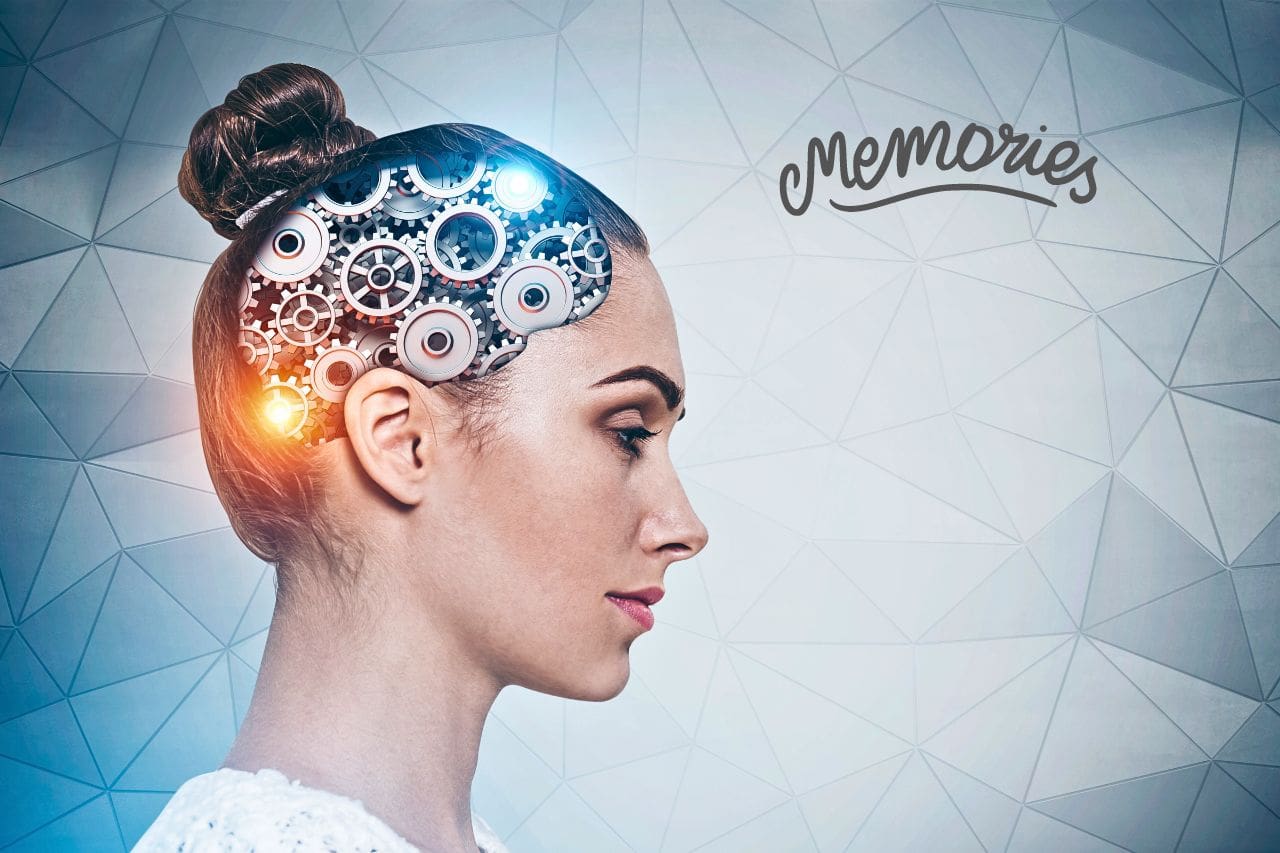

Women often excel at remembering details, thanks to their unique brain structure and function. Their brains are wired differently from men’s, leading to distinct advantages in various cognitive tasks. This article explores how these differences impact memory, emotion, and overall cognitive abilities.
Women often excel in both logical reasoning and intuitive thinking. This is partly due to their inter-hemispheric connectivity, which allows for better communication between the two sides of the brain. This connectivity helps in balancing analytical and intuitive tasks, making women more adept at multitasking and problem-solving.
The brain’s white matter plays a crucial role in how we process information. Women tend to have more white matter in certain areas of the brain, which enhances their ability to remember details. This increased white matter utilization supports better memory retention and recall, especially for tasks that require attention to detail.
Women are often better at multitasking and social interactions. This is because their brains are wired to handle multiple tasks simultaneously. The enhanced inter-hemispheric connectivity allows for smoother transitions between different activities, making it easier to manage various tasks at once. Additionally, this connectivity aids in understanding and remembering social cues, which is essential for effective communication.
The ability to remember details and manage multiple tasks efficiently is a significant advantage that women have, thanks to their unique brain structure.
Women have 11% more neurons in brain areas related to language and hearing. This means they are naturally better at processing words and sounds. These brain areas are also larger in women, helping them remember details of conversations and sounds more effectively.
Women excel at expressing emotions and remembering emotional events. They use more words to express themselves and connect what is said to what is felt. This ability to tie words to feelings makes their emotional memories stronger and more vivid.
Men and women process words and feelings differently. Men often hear things as they are said, while women connect words to their emotions. This difference means women are better at remembering details and understanding the emotional context of conversations.
Understanding how each gender processes information and draws connections can be crucial to successful communication.
The amygdala is broadly involved in emotion processing and plays a key role in the acquisition and expression of emotional memories. Men tend to remember details better when the amygdala is activated by fear and danger. This activation triggers a heightened state of awareness, making it easier to recall specific events.
Women excel at reading emotions, thanks to their larger emotion-processing areas in the brain. This ability helps them understand and remember emotional events more clearly. Women are better at expressing emotions and remembering details of emotional events.
Men have larger cores of the most primitive part of the brain, the amygdala, which registers fears and triggers aggression. This difference in brain structure contributes to how each gender processes and recalls emotional memories.
Women have consistently shown a stronger short-term memory than men on tests. This is supported by data that gauges learning ability in terms of word lists and the development of strategies that improve the ability to learn new things and impede interference.
However, there is also data that indicates that men are better at short-term memory tasks than women when visual stimuli is a factor, but this research lacks consistency.
To improve short-term memory, both men and women can benefit from various strategies. These include:
Notably, verbal and episodic memory are areas where women generally excel, although better executive functioning in women has also been observed.
The hippocampus plays a key role in forming autobiographical memories. It helps link different parts of a memory into a single, coherent story. This mnemonic binding process is essential for remembering personal experiences.
Women often remember more details about their personal experiences. This is because they integrate sensory and emotional information more effectively. For example, they might recall the smell of flowers or the feeling of joy during a special event.
Women are generally better at encoding and retrieving autobiographical memories. They often see themselves from an observer’s perspective, especially in situations where their appearance or actions are important. This helps them remember more details about the event.
Autobiographical memory is a uniquely human system that integrates memories of past experiences into an overarching life narrative.
The female brain has more natural blood flow throughout the brain at any given moment. This increased blood flow helps with emotional processing and memory. Women often revisit emotional memories more than men.
A part of the brain called the cingulate gyrus has a higher degree of blood flow in women. This area is important for focusing on emotional memories. Because of this, women might think about and reflect on their feelings more often.
Women tend to ruminate on emotional memories more than men. This means they think about their feelings and past experiences more often. This can be both a strength and a challenge, as it helps with emotional intelligence but can also lead to stress.
The unique toll of stress and depression on women’s hearts is significant. Those with a history of anxiety or depression before the study were about 55 percent more likely to develop high blood pressure, high cholesterol, or diabetes.
Object–location memory is the only spatial task where female subjects have been shown to outperform males. This result is not consistent across all studies, and may be due to the combination of the multi-component structure of object location memory with the conditions under which different studies were done. Possible gender differences in object location memory and its component.
A related possibility could be that, rather than differences in object identity memory, object location memory differences between men and women involve the process of binding an object to its location. James and Kimura (1997) suggested that females outperform males when location (spatial context) and identity of an object have to be integrated. They showed subjects an array with different objects of which subjects had to learn the identity and location. Subjects were then presented with an array in which.
As well as the manner of encoding and retrieving information, the exact components being processed might form an important factor in the study of gender differences in object location memory. This is especially relevant since it has been shown that in general, females perform better at object identity memory tasks (Levy et al., 2005, McGivern et al., 1998). This is possibly linked to a left-hemisphere advantage in females for processing of categorical, easy-to-verbalize inputs (Chipman & Kimura, 1998) (see.
The aim of this study was to investigate gender differences in object location memory while taking into account its different components, as well as the conditions under which object locations can be encoded and retrieved.
In general, females turned out to have a better memory for object locations compared to males. This finding confirms those from previous studies. The female advantage has been hypothesized to have evolved from natural selection pressures that our ancestors dealt with.
NOTE: SEX AND SPATIAL POSITION EFFECTS ON OBJECT LOCATION MEMORY FOLLOWING INTENTIONAL LEARNING OF OBJECT IDENTITIES
NEUROPSYCHOLOGIA
(2002)
GENDER-LINKED DIFFERENCES IN THE INCIDENTAL MEMORY OF CHILDREN AND ADULTS
JOURNAL OF EXPERIMENTAL CHILD PSYCHOLOGY
(1999)
AN INVESTIGATION OF SEX DIFFERENCES ON INCIDENTAL MEMORY FOR VERBAL AND PICTORIAL MATERIAL
In conclusion, it’s clear that women’s brains are uniquely wired to remember details better than men’s. Their brains have stronger connections between the logical and intuitive sides, which helps them link facts with feelings. Women also use more of their brain’s white matter, making it easier for them to process and recall information. These differences help women excel in tasks that require remembering details and understanding emotions. Recognizing these strengths can help us communicate better and appreciate the unique abilities of both genders.
Women have stronger connections between the left side of the brain (logic) and the right side (emotion). This helps them link logical reasoning with feelings more easily.
Women have 11% more neurons in areas related to language and hearing. They are also better at expressing emotions and remembering emotional events.
Women have better neural connections between different parts of their brain. This helps them switch tasks quickly while paying attention to sensory cues, emotions, and logic.
Women are better at reading emotions and remembering details. Men remember better when the amygdala is activated, usually in situations involving fear or danger.
Yes, women generally have stronger short-term memory, especially for word lists. Men perform better in short-term memory tasks involving visual stimuli.
Women have more natural blood flow in the brain, especially in the cingulate gyrus. This makes them more likely to revisit and ruminate on emotional memories.
For more life-changing articles Click here
Selfstalker.com

Monday - Thursday 7 AM - 5 PM PST
admin@selfstalker.com support@selfstalker.com